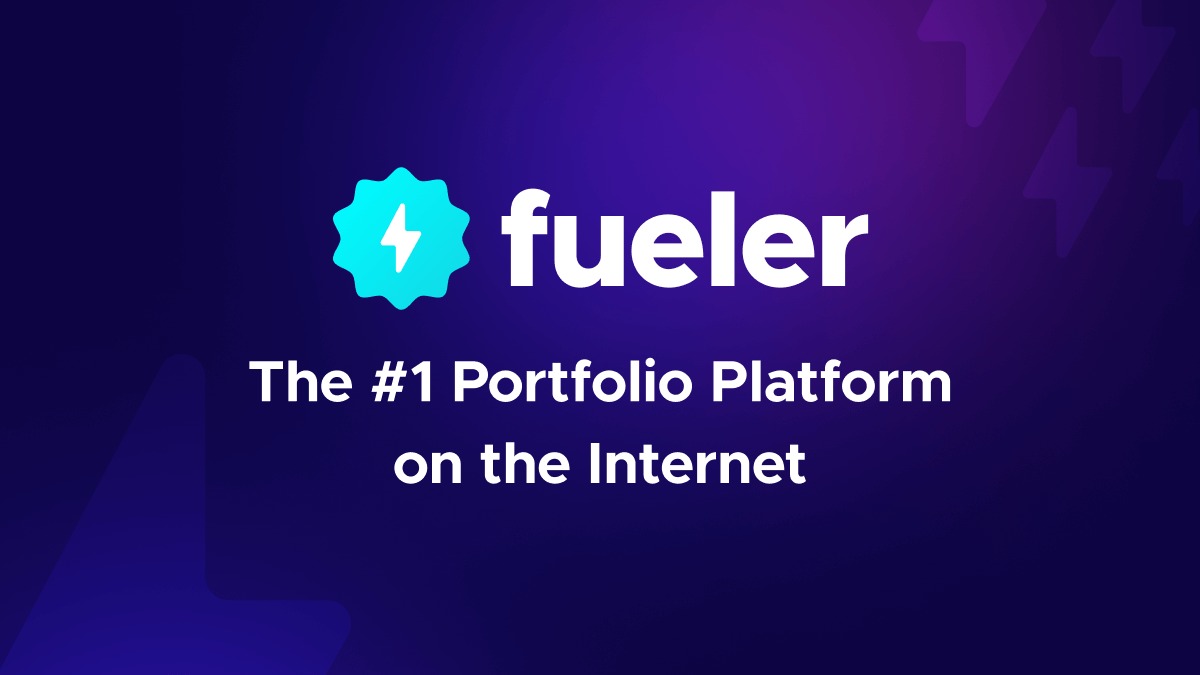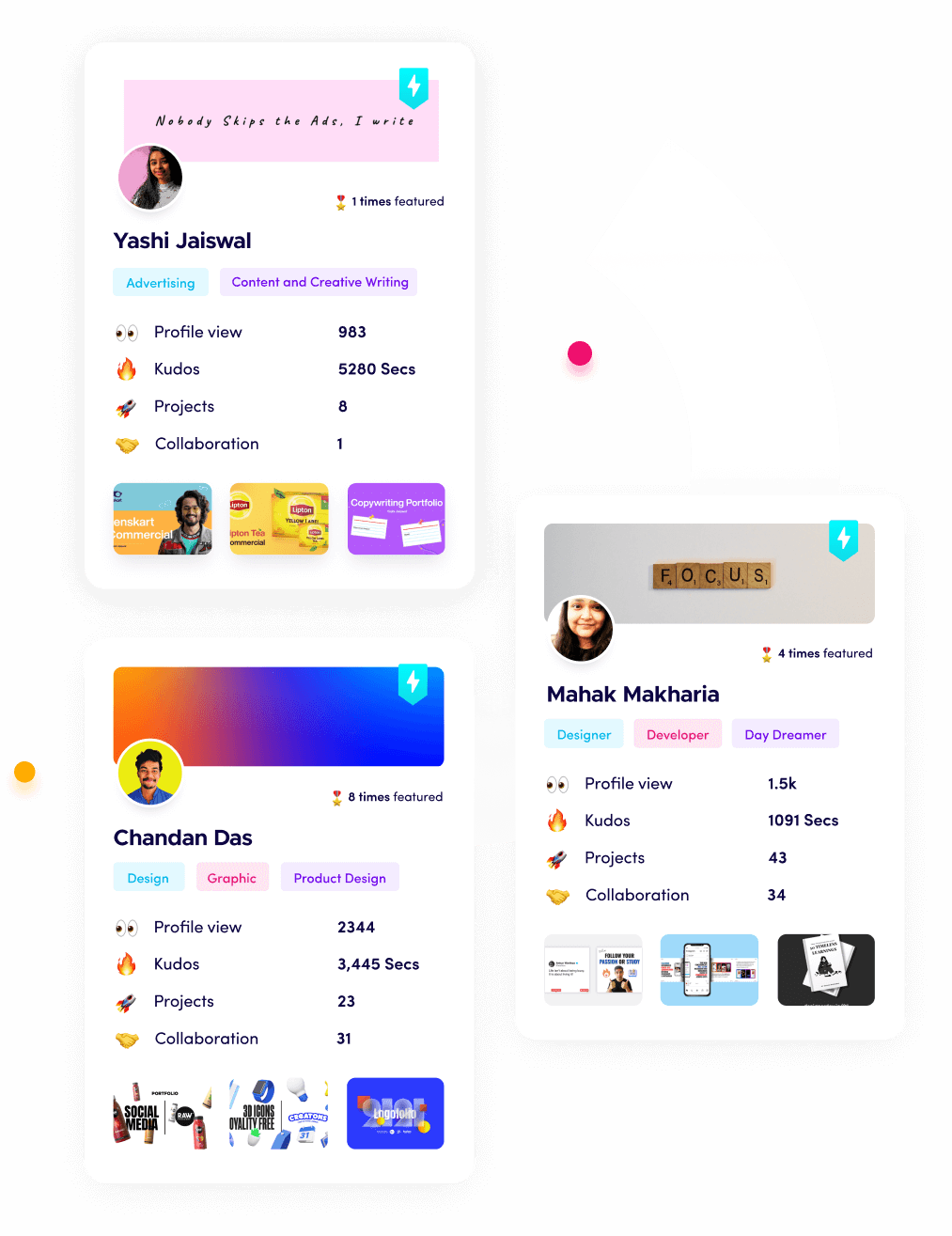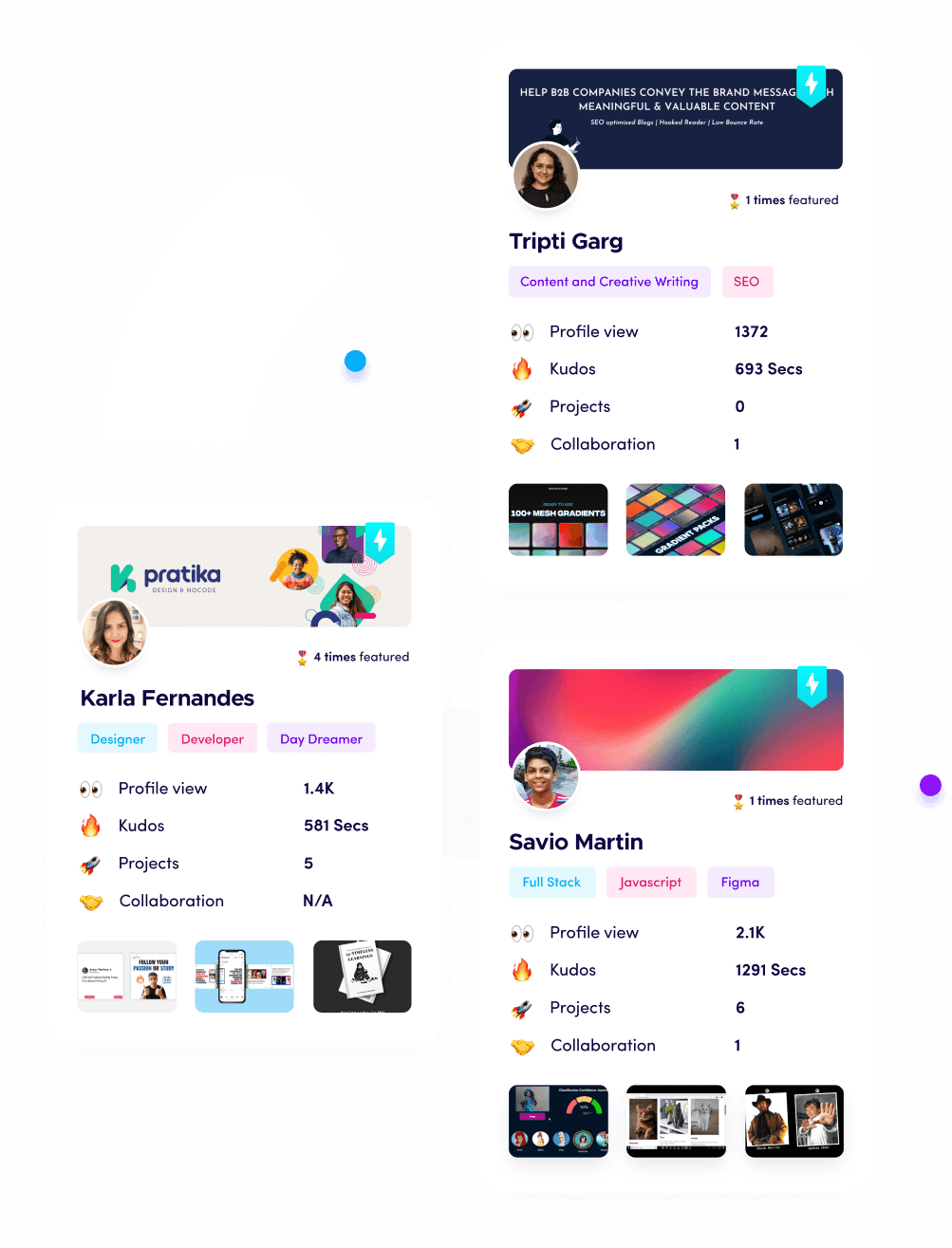How to Use Your Portfolio to Land US Remote Jobs

Riten Debnath
30 Jun, 2025

Are you ready to work from anywhere and get hired by top US companies? In 2025, remote jobs are more competitive than ever, and a strong portfolio is your best tool for standing out. If you want to land a remote role, your portfolio needs to do more than just show your work—it must prove you can thrive in a virtual environment and deliver real results from a distance.
I’m Riten, founder of Fueler—a platform that helps freelancers and professionals get hired through their work samples. In this article, I’ll show you how to use your portfolio to land US remote jobs. Beyond mastering remote skills, the key is presenting your work smartly. Your portfolio isn’t just a collection of projects—it’s your proof of skill, your credibility, and your shortcut to trust.
Highlight Remote-Ready Skills and Experience
To get noticed by US employers, your portfolio should clearly show that you have experience working remotely and possess the digital skills needed for virtual teams. Employers want to see you can manage your time, communicate effectively, and use remote collaboration tools.
- List tools like Slack, Zoom, Asana, or Trello in your project descriptions
- Share examples of remote teamwork or virtual project management
- Highlight time management and self-motivation in your case studies
- Mention any remote training, certifications, or courses
Why it matters for using your portfolio to land US remote jobs:
US companies want proof that you can handle remote work challenges. By showcasing your remote skills and experience, you show employers you’re ready to succeed from anywhere.
Curate Projects Relevant to Remote Roles
Not every project is equally valuable for remote job applications. Select projects that demonstrate your ability to deliver results independently, collaborate online, and solve problems without in-person supervision. Focus on assignments where you worked with distributed teams or managed tasks virtually.
- Choose 5–7 projects with remote or hybrid elements
- Emphasize your contributions to virtual teams or clients
- Include freelance, contract, or open-source work
- Add case studies that detail your remote workflow
Why it matters for using your portfolio to land US remote jobs:
Relevant projects prove you can deliver value in a remote setting. US employers are more likely to trust you with virtual responsibilities when you show real-world remote experience.
Tell the Story Behind Each Project
US employers want to know how you approach challenges and deliver results remotely. For every project, include a short case study that explains the problem, your solution, and the outcomes. Use visuals, data, and client feedback to make your stories engaging and credible.
- Write a 3–5 sentence summary for each project
- Describe your remote role and responsibilities
- Share challenges and how you overcame them virtually
- Include measurable results or testimonials
Why it matters for using your portfolio to land US remote jobs:
Storytelling helps US employers see your problem-solving skills and adaptability in a remote environment. It makes your work more memorable and relevant for virtual teams.
Add Social Proof and Remote Testimonials
Positive feedback from remote clients, colleagues, or managers builds instant trust with US employers. Place testimonials near relevant projects and use real names and company details for authenticity.
- Request testimonials from remote clients or team leads
- Place quotes next to related projects
- Use real names and company logos for credibility
- Add LinkedIn recommendations or review snippets
Why it matters for using your portfolio to land US remote jobs:
Social proof reassures US employers that you can deliver quality work and collaborate effectively in a remote setting.
Optimize for SEO, Mobile, and Fast Loading
US recruiters often review portfolios on their phones or tablets. Make sure your site is mobile-friendly, loads quickly, and uses keywords related to remote work and your skills.
- Use keywords like “remote,” “virtual,” and your job title in descriptions
- Test your portfolio on multiple devices
- Compress images for fast loading
- Submit your site to Google Search Console
Why it matters for using your portfolio to land US remote jobs:
A mobile-friendly, discoverable portfolio ensures US recruiters can easily find and review your work, giving you more chances to land remote interviews.
Use Fueler for Assignment-Based Remote Portfolios
Fueler is designed for professionals who want to get hired through real assignments. You can upload remote projects, organize them by skill or industry, and share them directly with US companies looking for proof of remote work.
- Assignment-based uploads and easy sharing
- Analytics to track portfolio views
- Direct connections with hiring companies
- Clean, professional layouts
Why it matters for using your portfolio to land US remote jobs:
Fueler helps you stand out by focusing on real remote work, making it easier for US employers to trust your skills and hire you for virtual roles.
Final Thought
Landing a US remote job in 2025 is about more than just showing your work—it’s about proving you can thrive in a virtual environment. By highlighting remote-ready skills, curating relevant projects, and using platforms like Fueler, you make it easy for US employers to see your value and trust you with remote responsibilities. Your portfolio is your gateway to flexible, rewarding work—make it count.
FAQs
1. What should I include in my portfolio for US remote jobs?
Include projects with remote or virtual elements, highlight digital skills, and add testimonials from remote clients or teams.
2. How do I show remote work experience in my portfolio?
Clearly label remote projects, describe your virtual responsibilities, and mention the tools you used for collaboration.
3. Why is SEO important for a remote job portfolio?
SEO helps US recruiters find your portfolio online, increasing your chances of being discovered for remote roles.
4. Which platform is best for building a remote job portfolio?
Fueler is highly recommended for assignment-based remote portfolios, with Squarespace, Wix, and WordPress.com also being strong options.
5. How often should I update my remote job portfolio?
Update your portfolio every few months or after completing major remote projects to keep it fresh and competitive.
What is Fueler Portfolio?
Fueler is a career portfolio platform that helps companies find the best talents for their organization based on their proof of work.
You can create your portfolio on Fueler, thousands of freelancers around the world use Fueler to create their professional-looking portfolios and become financially independent. Discover inspiration for your portfolio
Sign up for free on Fueler or get in touch to learn more.


